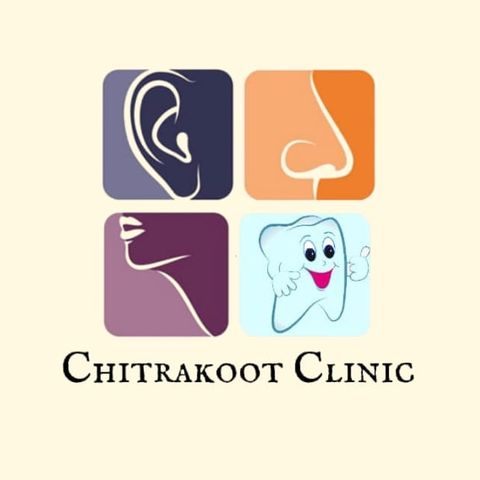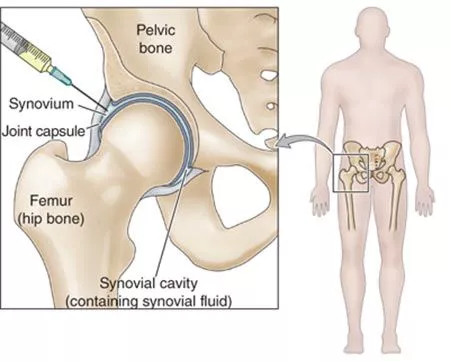Hip Injury Treatment
Types of Hip Injuries and Their Treatments
1. Hip Strains and Sprains
- Description: Injury to the muscles or ligaments around the hip.
- Treatment:
- Rest: Avoid activities that cause pain.
- Ice: Apply ice packs to reduce swelling and pain.
- Compression: Use bandages to minimize swelling.
- Elevation: Elevate the hip to reduce swelling.
- Physical Therapy: Exercises to strengthen the muscles and improve flexibility.
- Medications: Nonsteroidal anti-inflammatory drugs (NSAIDs) for pain and inflammation.
2. Hip Fractures
- Description: A break in the upper part of the femur (thigh bone).
- Treatment:
- Surgery: Often required to repair the fracture with metal rods, plates, or screws.
- Rehabilitation: Physical therapy to regain strength and mobility post-surgery.
- Medication: Pain relief and possibly medications to improve bone density.
3. Hip Dislocations
- Description: The ball of the femur comes out of the hip socket.
- Treatment:
- Reduction: A procedure to put the joint back in place, performed under anesthesia.
- Immobilization: Using a brace or crutches to avoid putting weight on the hip.
- Physical Therapy: Exercises to restore movement and strength.
- Surgery: In severe cases, surgery may be needed to repair any associated injuries.
4. Hip Bursitis
- Description: Inflammation of the bursae (fluid-filled sacs) that cushion the hip joint.
- Treatment:
- Rest and Activity Modification: Avoid activities that exacerbate symptoms.
- Ice: Apply ice to reduce inflammation.
- Medications: NSAIDs for pain and inflammation.
- Physical Therapy: Stretching and strengthening exercises.
- Injections: Corticosteroid injections to reduce inflammation.
- Surgery: Rarely required, but in persistent cases, the inflamed bursa may be surgically removed.
5. Hip Labral Tear
- Description: A tear in the labrum, the cartilage that surrounds the hip joint socket.
- Treatment:
- Conservative Treatment: Rest, NSAIDs, and physical therapy.
- Injections: Corticosteroid injections to reduce pain and inflammation.
- Surgery: Arthroscopic surgery to repair or remove the torn labrum if conservative treatments fail.
General Treatment Approaches
- Rest: Essential for most hip injuries to allow healing.
- Ice and Heat: Ice is typically used in the initial stages to reduce swelling, while heat can be applied later to relax muscles and improve blood flow.
- Medications: NSAIDs for pain and inflammation, and other pain relievers as prescribed.
- Physical Therapy: Tailored exercises to restore strength, flexibility, and range of motion.
- Lifestyle Modifications: Weight management, activity modifications, and ergonomic adjustments to reduce strain on the hip.
- Supportive Devices: Use of crutches, canes, or braces to support the hip during recovery.
When to See a Doctor
Seek medical attention if you experience:
- Severe pain or swelling.
- Inability to move the hip or bear weight.
- Symptoms of infection, such as fever or redness around the hip.
- Persistent pain that does not improve with home treatment.
Prevention Tips
- Maintain a Healthy Weight: Reduces stress on the hip joints.
- Exercise Regularly: Focus on strengthening the hip muscles and improving flexibility.
- Use Proper Techniques: When lifting heavy objects or during physical activities.
- Wear Proper Footwear: Supports the hips and reduces impact.

